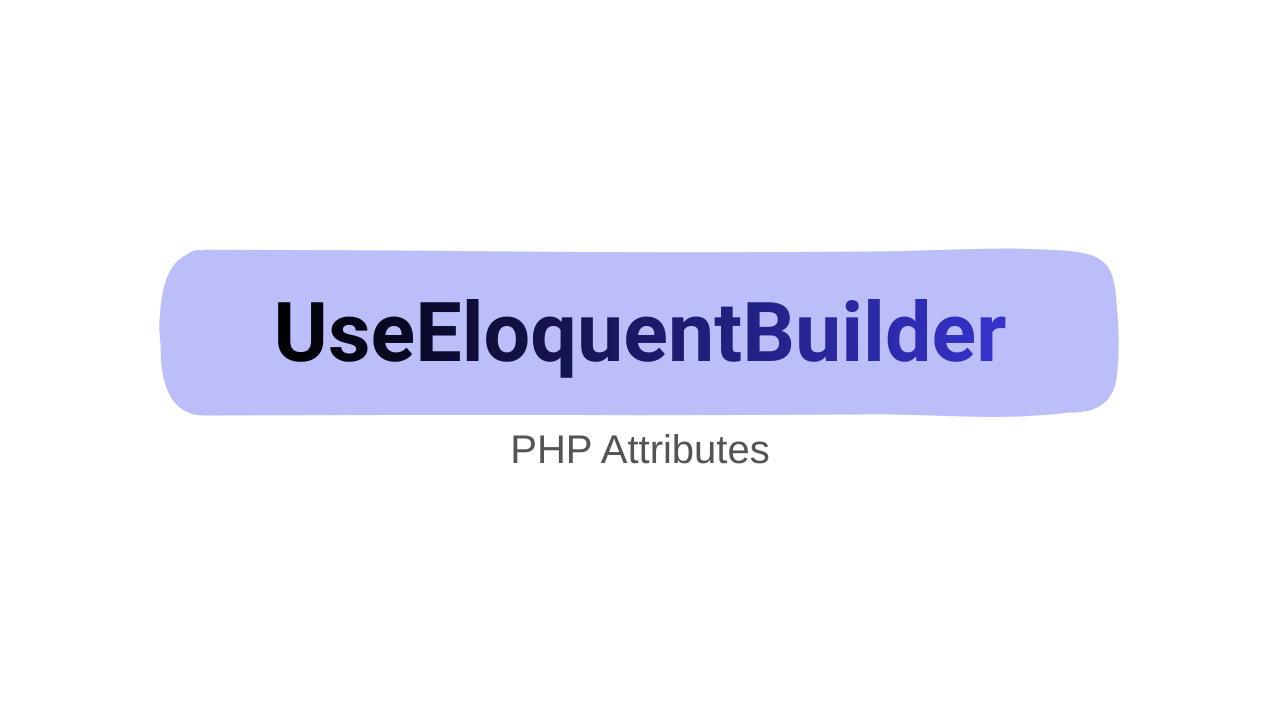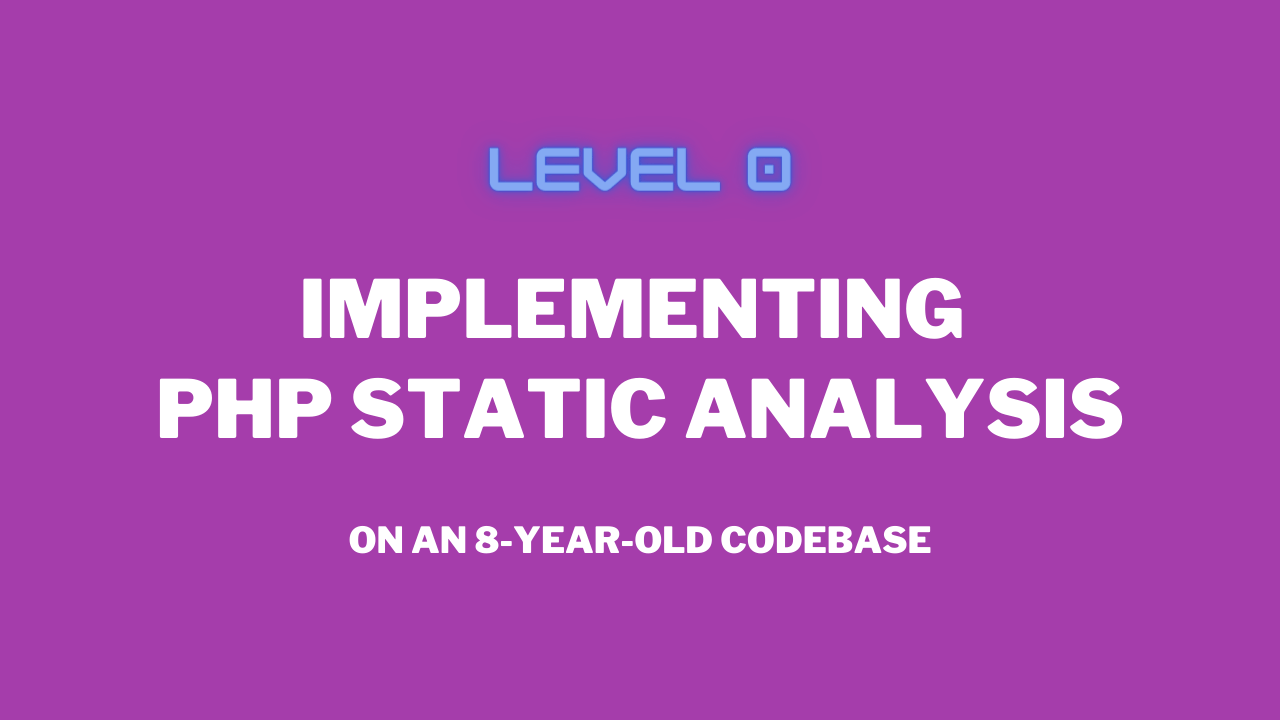November 24, 2025
> SignDeck is a lightweight document and signature request platform built for freelancers, small agencies, and service providers—designed to remove subscription stress, credit card sign-ups, and bloated features.
I didn’t set out to build another e-sign app.
I just wanted an easier way to send documents, collect files, and get signatures from clients—without spending money on a subscription, without creating multiple accounts, and without clicking through features I never needed.
If you’re a freelancer, consultant, recruiter, small agency, broker, or anyone who deals with clients, you’ll probably relate to this.
## The Same Pain, Over and Over Again
Every time I needed a client to sign something, I found myself stuck in the same loop:
> Hi, could you please sign this and return it when you get a chance?
They print it, sign it, take a photo, and send it back (blurry, cropped, upside-down).
Or worse — “Sorry I forgot. Can you resend the link?”
And for simple document requests?
“Can you send your ID and a signed form?”
Follow-up.
Reminder.
Another reminder.
I was tired of chasing people. Tired of manually reminding them. Tired of scattered email threads, screenshots, downloaded files, and PDFs named Final, Really Final, Final_v2_signed2.pdf.
So naturally, I turned to existing solutions…
## But the alternatives felt like overkill
I tried the big ones — DocuSign, FileInvite, Adobe Sign, RightSignature, Zoho Sign, HelloSign.
They’re all great, don’t get me wrong — but after using them, I just felt this:
> They’re built for enterprises. I just needed something that works.
Here’s what frustrated me the most:
🚫 Registration requires credit card details – Just to try it.
💳 Monthly subscriptions – Even if I only send 2 documents a month.
🎛 Packed with features I don’t use – Audit trails, advanced fields, templates, bulk send, branding, integrations, admin workflows…
🧾 UI felt too complex for my simple needs – I just wanted to upload, assign, send, track. That’s it.
So instead of forcing myself to keep using tools that weren’t built for people like me…
I built something that was.
## Say hello to [SignDeck](https://getsigndeck.com) 🎉
A lightweight, clean, no-nonsense way to request documents and signatures — without forcing people to sign up, subscribe, or learn a complex system.
### **❓ What it does (simply and clearly):**
📄 Send requests — for documents or electronic signatures
✍🏼 Let people sign directly on PDF — no login, no account needed
⏰ Automatic reminders — when you send, when it’s due, after comments
🗂 Track everything in one dashboard
📎 Organized by contacts and requests
🔐 Secure — with metadata-backed signatures (identity, IP, timestamp)
### **🙏🏼 Our simple promise:**
🔴 We will never ask for your credit card during sign-up.
🔴 You’ll only pay when you actually use it. We’re building a credits-based system, not subscriptions.
### **🎯 Who is it for?**
✔ Freelancers
✔ Agencies & small studios
✔ Real estate brokers
✔ HR / onboarding
✔ Legal consultants
✔ Document-heavy small businesses
✔ Anyone tired of chasing paper
If you send contracts, consent forms, onboarding documents, disclosures, agreements, client requests, or signed PDFs… SignDeck might just be the lightweight alternative you’ve been looking for.
## This isn’t a startup pitch. It’s a real need.
I didn’t build this to compete.
I built it because I needed it — and now I’m soft-launching because maybe others do too.
We’re still refining, still improving, and still building everything manually (with care).
## Try it — it’s free and requires no credit card
Just sign up, play around, send a request to yourself or a friend, and tell me what you think:
👉 [https://getsigndeck.com](https://getsigndeck.com)
I’d genuinely love real feedback — not to chase investors, but to build something useful.
Thanks for reading — and if you know someone who chases documents and signatures for work, feel free to share this with them.
💡 Built with purpose. Made for real use.






